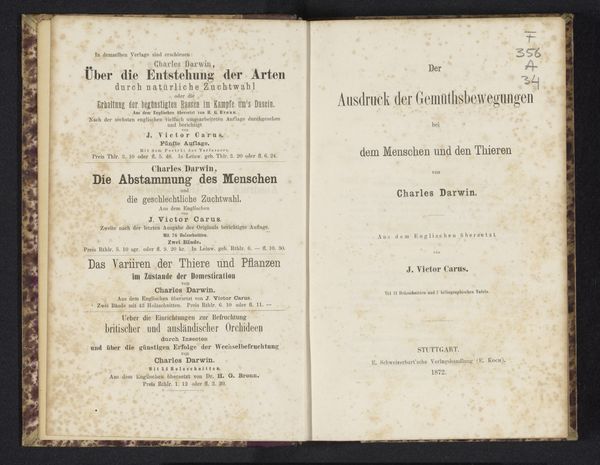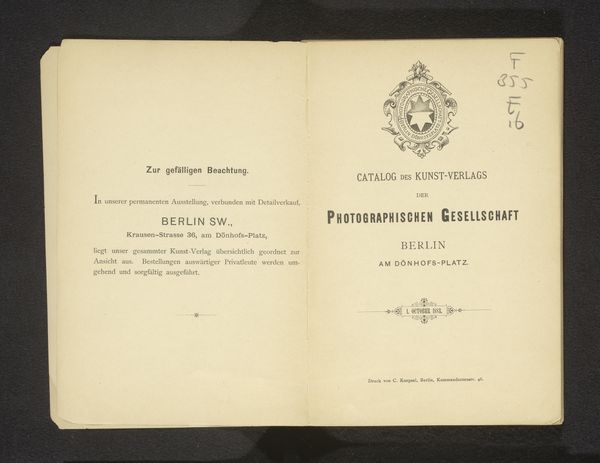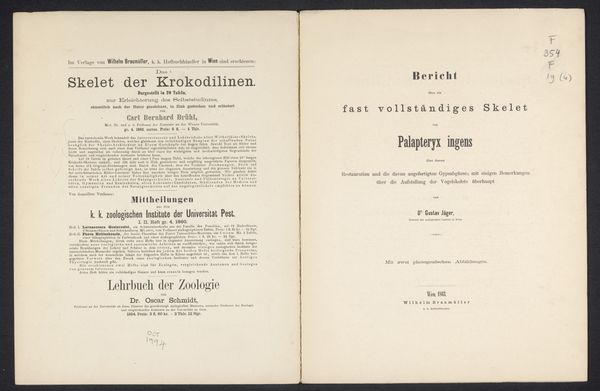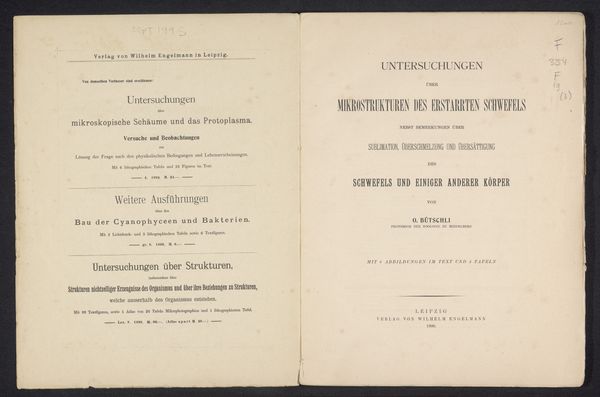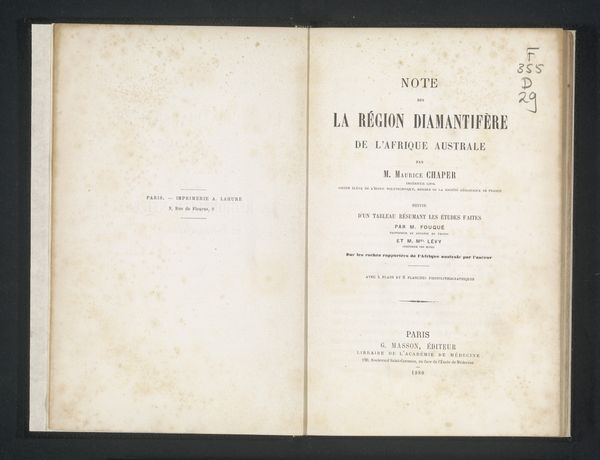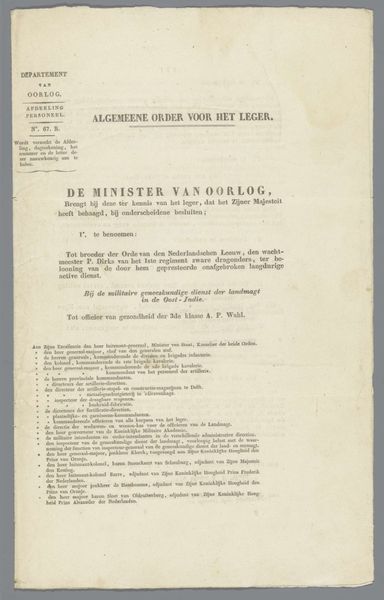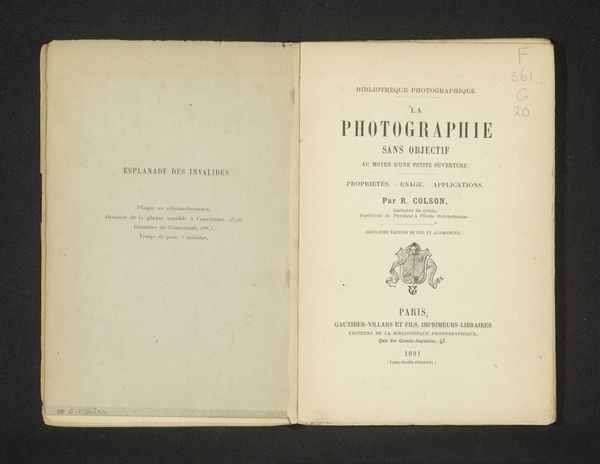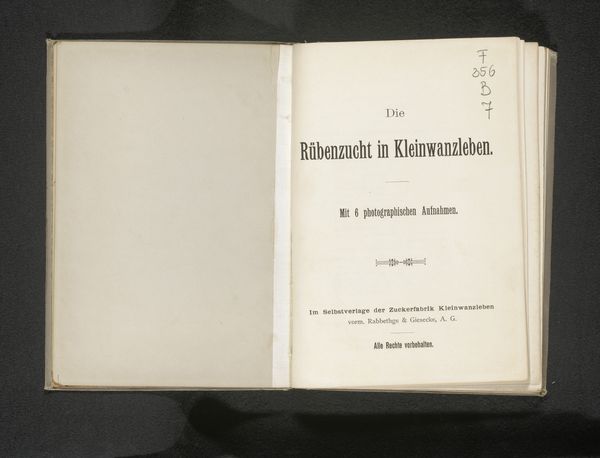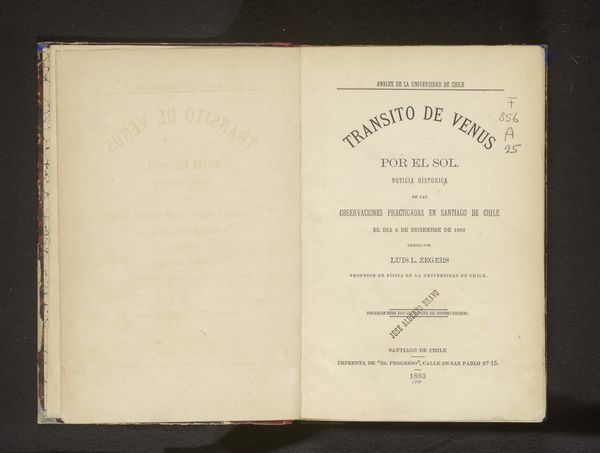
Beschrijving bij de maskerade van de Utrechtse studenten, 1850 1847
0:00
0:00
cavanimmerseelmounier
Rijksmuseum
graphic-art, print, typography, engraving
#
portrait
#
graphic-art
#
dutch-golden-age
# print
#
typography
#
engraving
Dimensions: height 242 mm, width 310 mm
Copyright: Rijks Museum: Open Domain
Editor: This engraving, titled "Beschrijving bij de maskerade van de Utrechtse studenten, 1850" created in 1847 by C.A. van Immerseel Mounier, seems like a commemorative print. What details strike you as most important? Curator: This text operates like a symbolic banner. We see the description referring to the "costumed procession" and specifically the entrance of Philip II into Utrecht in 1549. Given it's printed in 1847, what do you think is being remembered and why? Editor: It sounds like they’re commemorating a specific historical event – Philip II's arrival. Perhaps the students were re-enacting it. Is it simply historical or might there be a deeper message? Curator: Consider the cultural memory at play. Philip II represents Spanish rule. By the 19th century, the Dutch were asserting their national identity. This student masquerade becomes a symbolic reclaiming of their history. What emotional resonance would this have had for the viewer at that time? Editor: So, the image of the parade and Philip II almost act as shorthand. Like they understood who Phillip represented at the time of the print, as this historical baggage, making this image both informative and provocative? Curator: Exactly. The layers of historical baggage gives it an interesting psychological complexity. How the past is presented and received, consciously or unconsciously. Editor: That gives me a much better understanding of how cultural context shapes the artwork's purpose. Thank you. Curator: And by acknowledging that relationship, it really comes alive.
Comments
No comments
Be the first to comment and join the conversation on the ultimate creative platform.

